Dena Seidel has been learning how whale biologist Dave Johnston studies whales. Dr. Johnston and Zach Swaim study humpback whales in the waters near Palmer Station using zodiacs and Dena has captured film footage during this research. Dr. Johnston has a license from NOAA to tag and take biopsy samples. Biopsies are small tissue samples. Since you cannot get really close to these large animals, sampling is done from a distance (see photo). These methods will allow this research group to track these whales to learn more about their feeding behavior and diet.
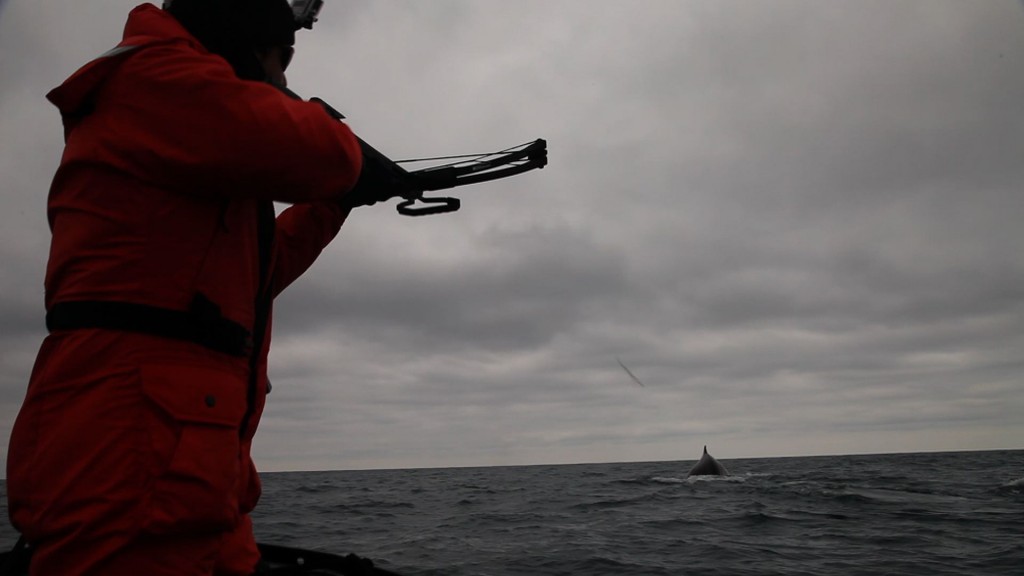
Zach Swaim sends a tag in the direction of the humpback whale in this NOAA-approved research studies. (Photo: Dena Seidel)
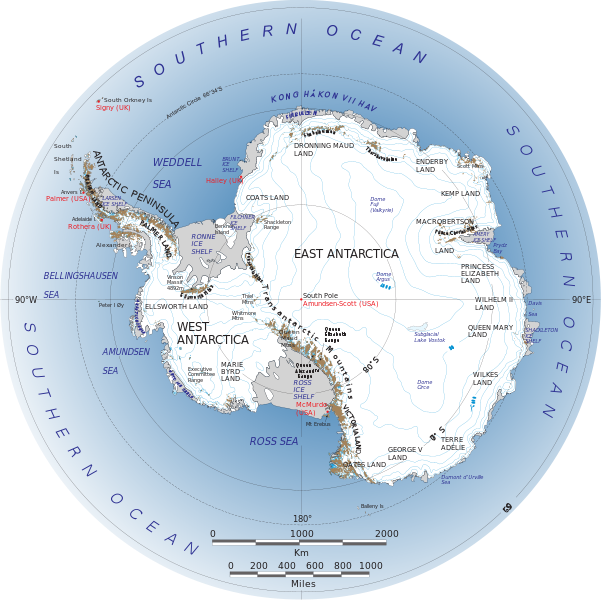
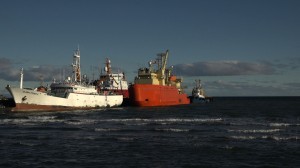

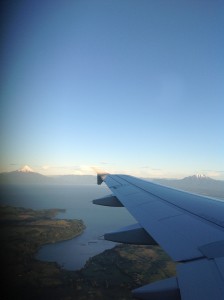
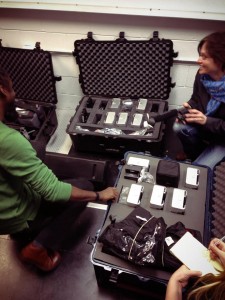




 Follow the
Follow the  Subscribe to the blog RSS feed
Subscribe to the blog RSS feed